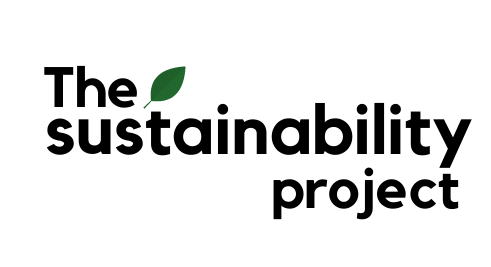In our tropical little red dot, we are not only high in humidity and temperature. We are also high in the amount of food waste generated every year.
As we have seen in the recent Zero Waste Masterplan published by the Ministry of the Environment and Water Resources, Singapore is very much struggling with the shocking amount of food waste generated each year (2.5 kg each week by every household!).
Avoidable And Unavoidable Food Waste
In general, food wastes come in two broad categories – avoidable and unavoidable.
The unavoidable food wastes include the non-consumable parts of our food such as bones and shells.
On the other hand, the avoidable food wastes include our leftovers, expired food, stale food and lastly, blemished fruits and vegetables.
Fruits and vegetables, especially the ones with high moisture content, tend to go bad easily in Singapore’s warm, tropical climate. Bananas start to have black blemishes, avocados turn into an unappetising shade of dark brown and potatoes start sprouting.
While there is always a choice to minimise such food waste by composting these seemingly inedible foods, few Singaporeans keep a compost bin at home due to inconveniences and space constraints.
Before we give ourselves the excuse to throw our overripe fruits and vegetables away, the lack of compost is in fact not a problem at all.
These externally blemished overripe foods are absolutely beautiful on the inside and even more beautiful when prepared into a delicious dish. In this post, we are going to introduce three recipes you can follow to transform your overripe fruits and vegetables without compromising on their nutritional values!
Let’s first get our facts right about these overripe foods.
The Bananas
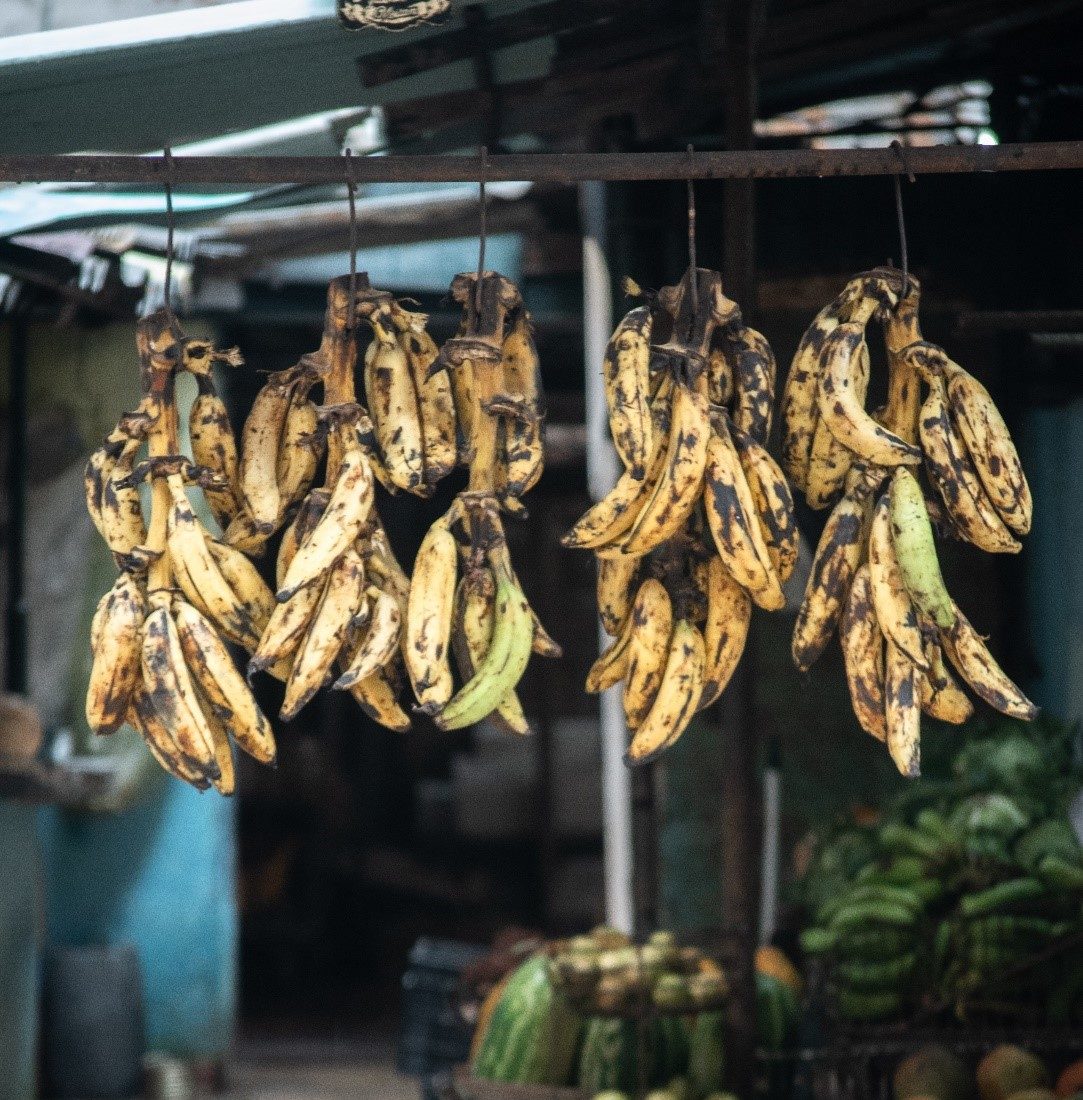
Bananas are among the top fruits and vegetables thrown away due to the short time span between its fresh and overripe stages. An overripe banana can be identified from the brown spotting on the yellow skin and sometimes the flesh.
But these make no discount on its nutritional values and health benefits.
Many of us might not be aware that an overripe banana is actually rich in antioxidants. Antioxidants are substances that guard your body cells against damages by free radicals.
These are present in your system when you are exposed to activities or substances such as excessive exercises, smoking, inflammation and injuries, environmental pollutions and chemicals such as pesticides.
An overripe banana also has its starch broken down into simpler, free sugars, which makes it easier to be digested and absorbed into your system.
The Avocados

Image source: Conscious Life News
The flesh of the avocados can oxidise when it is left out for too long or improperly kept. The overripe-ness is thus evident in the browning of the flesh and sometimes stringy fibres inside.
Once again, these signs in no way mean that the avocados are spoilt or rotten. In fact, the browning of the flesh helps the avocado last longer. If you tend to be a slow fruit eater, you can even consider using a beeswax wrap to keep your half-eaten avocados fresh!
An avocado is truly spoilt only if it is mushy to the touch, takes on a rancid smell and when it’s brown and mouldy inside. Therefore, be clear of the differences between a rotten avocado and an overripe one so you don’t mistakenly throw away one that is still completely safe to eat!
The Potatoes
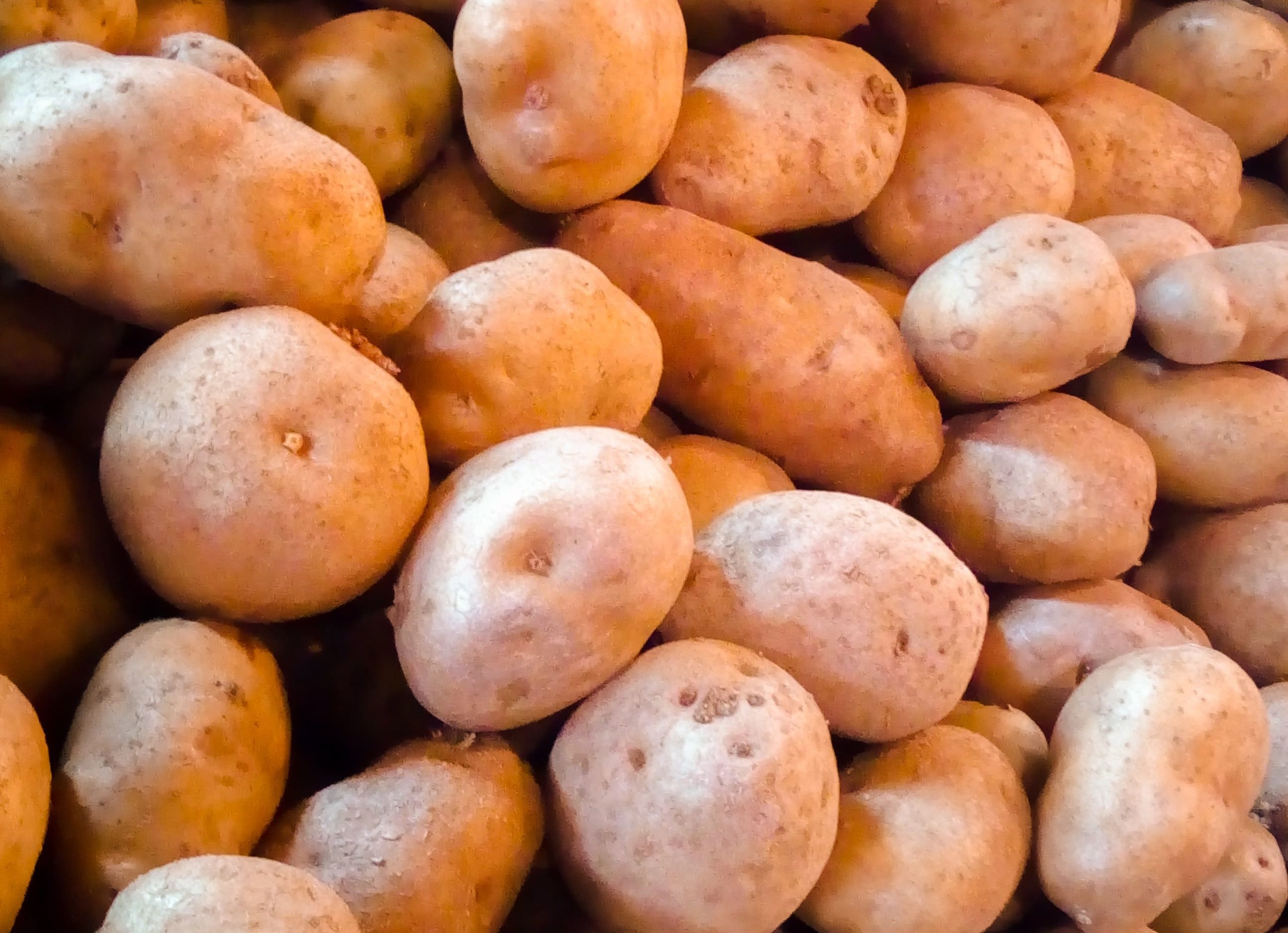
We probably all grew up being told that potatoes that have sprouted are “poisonous”.
If that has ever made you worried about the edibility of your potatoes, worry no more, because this is but a huge misconception! Sprouted potatoes are actually safe to be eaten, as long as the sprouts are removed.
The idea that sprouted potatoes are poisonous is not completely wrong though, as toxins harmful to humans such as solanine are present as a potato sprout. If consumed, one can experience digestive problems and even vomiting.
However, these toxins are concentrated in the eyes (the growing points of the potatoes) and the sprout of a potato. Hence, by removing these parts, the potato is safe to be consumed again.
Do take note that once a sprouted potato starts to shrivel and the skin becomes wrinkled, its nutritional values would have depleted significantly, and it is best not to consume them.
It is definitely no news to us that fruits and vegetables are wasted in various stages in their journey from the farmlands to the consumers. From damages during shipment to quality controls by supermarkets to eliminate fruits and vegetables deemed too unappealing to be sold, as much as 40% of our produce is already unnecessarily rejected.
Therefore, to further reduce food wastage, consumers like us are the most powerful when it comes to choosing the right treatment for the fresh produces we purchase.
Finally, the next time you realise that any bananas, avocados or potatoes are becoming overripe, follow these recipes below to turn them from potential trash into sweet or savoury treats!
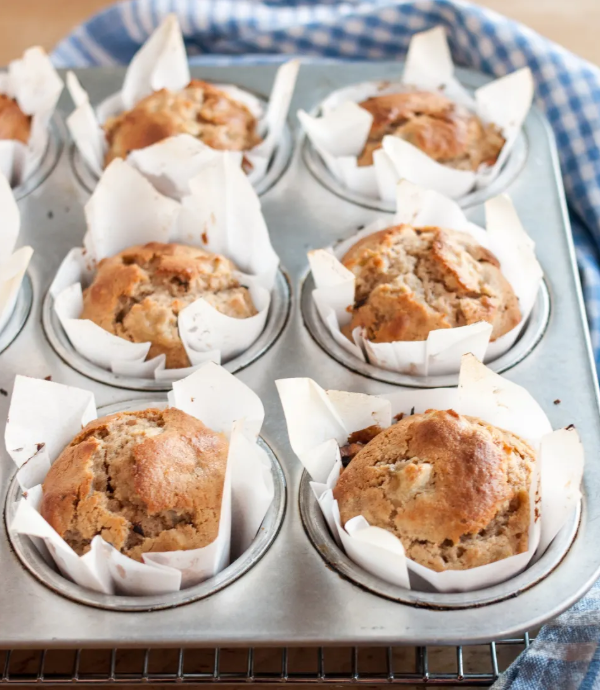
Overripe banana muffins (taken from Kitchn)
Recipe makes 12 muffins
Ingredients:
- 2/3 cup walnuts, toasted and chopped
- 1/2 cup packed brown sugar
- 1/4 cup white sugar
- 8 tablespoons (1 stick) unsalted butter, softened
- 2 large eggs
- 1 cup all-purpose flour
- 1 cup whole wheat flour
- 2 teaspoons baking powder
- 1 teaspoon vanilla extract
- 1 teaspoon cinnamon
- 1/2 teaspoon salt
- 1/2 cup milk
- 2 cups chopped bananas, from about 3 ripe bananas
Instructions:
- Heat the oven to 400°F (200°C). Spray the top of your muffin tin with non-stick coating or place muffin cups in all the wells.
- Scatter the walnuts on a baking sheet and toast in the oven until slightly darkened and very fragrant, 8 to 10 minutes. Transfer them to a cutting board and roughly chop while still warm. Set aside.
- In a mixer on high speed, cream together the brown sugar and white sugar with the softened butter until the mixture resembles fluffy frosting, about 1 minute. Mix in the eggs one at a time until fully incorporated, about 1 minute each. Mix in the vanilla extract.
- In a separate bowl, whisk together the all-purpose flour, whole wheat flour, baking powder, cinnamon, and salt. With the mixer on low speed, mix a third of the flour mixture into the butter-sugar mixture followed by a third of the milk. Continue alternating between the flour and the milk, mixing just until the flour is incorporated. It’s ok if there is still some flour on the sides of the bowl. Do not over-mix.
- Scrape the sides of the bowl with a spatula and stir gently to incorporate the last of the flour. Add the chopped bananas and nuts, and gently fold them into the batter.
- Divide the batter between the muffin cups. The batter should fill the cups and mound slightly on top. (If you prefer smaller muffins, fill the cups only three-quarters full and bake in two separate batches.)
- Place the muffin tin in the oven. Bake for 20 to 25 minutes, rotating the pan once in the middle of baking. The muffins are done with the tops looked cracked and toasted, and when a toothpick inserted in the middle of one of the muffins comes out clean.
- Let the muffins cool enough to handle, then transfer them to a wire rack to finish cooling. Leftover muffins can be kept in an airtight container at room temperature for 3 to 4 days or frozen for up to 3 months. (Reheat frozen muffins in an oven or toaster oven at 300° or for a few minutes in the microwave)

Overripe avocado smoothie (Adapted from Omnivore’s Cookbook)
Recipe makes 2 servings
Ingredients:
- 1 Avocado, mashed
- 2 frozen bananas, chopped
- 400 milliliters (14 ounces) milk
Instructions:
- Combine all ingredients in blender and blend until smooth.
- Enjoy!
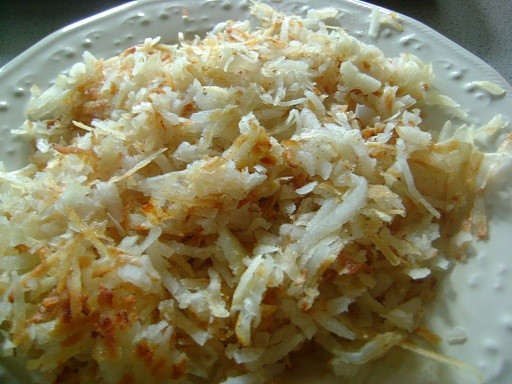
Frozen Hashbrowns (Adapted from Heavenly Homemakers)
Ingredients:
- Potatoes – as many as you have
- Butter – enough to oil the pan or skillet
- Sea salt or onion salt to taste
Instructions:
- Cut away all the sprouted parts of a potato
- Bake the potatoes for about 1 1/2 hours at 175°C. Be sure to stab each potato with a knife before baking so you don’t have a massive potato explosion in your oven.
- Allow the potatoes to cool then proceed to peel them
- Shred your potatoes with a cheese grater
- Cook in a skillet until golden brown
To freeze:
- Lay them flat on a parchment paper lined cookie sheet
- Put the cookie sheet into the freezer for a couple of hours or until the potatoes are frozen
- Transfer them into freezer bags to cook up when you’re ready.
There are many more ways to go zero or low waste in your cooking than just to maximise your ingredients.
For instance, when baking your banana bread or muffin, prevent your product from sticking to the pan by brushing a layer of butter onto the pan instead of lining it with disposable baking paper or paper cupcake cups.
While baking your potatoes, put them into a baking dish with lid instead of using aluminium foil to line the baking tray.
Also, go zero waste by sourcing your ingredients such as all-purpose flour and baking powder from a package free shop and reject plastic bags when you are purchasing your fresh produce.
These fruits and vegetables, although seemingly blemished, are painstakingly grown by farmers around the world. They should be treasured just like any other fresh produce.
With all the information from this post in mind, whether new to you or not, don’t hesitate to be more intentional in living out a zero-waste lifestyle even in your kitchen chores!
